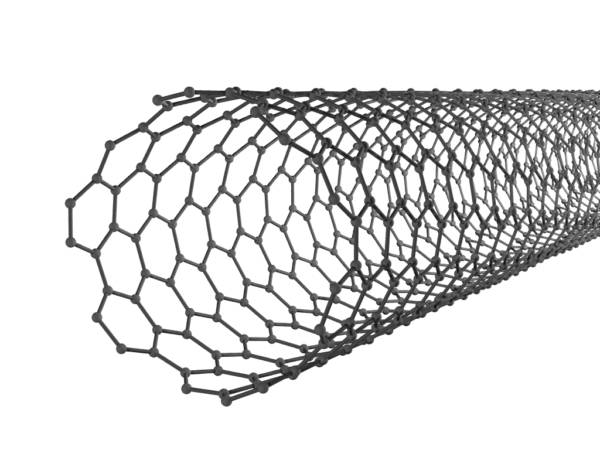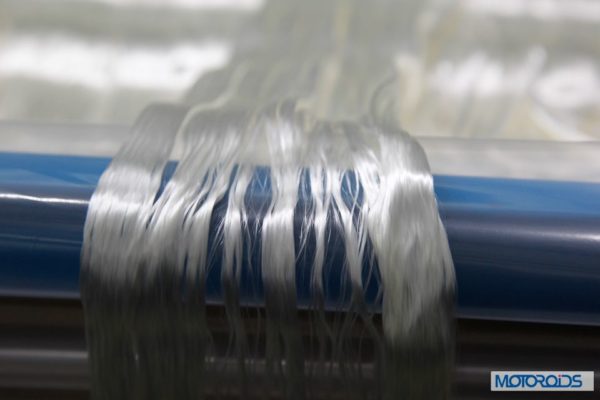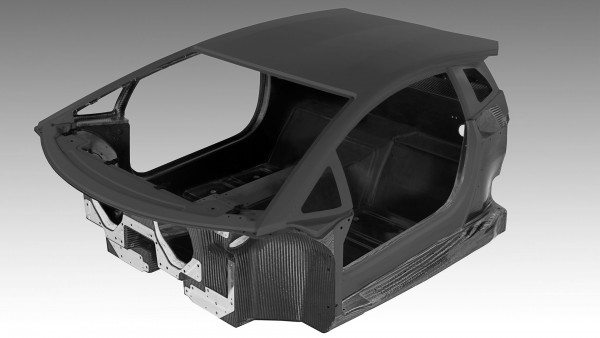Carbon-fibre strands for the BMW i8.
Most modern sports car and supercars use carbon-fibre in some way or the other. Sometimes, the entire car gets built using this ultra-light and ultra-strong material. Carbon-fibre strands are miniscule in their diameter, measuring just 5-8 micrometres. To put that into perspective, a single human hair measures about 100 micrometres on average. Although not very thick, carbon-fibre (CF) is legendary in its role in many places, including automobiles and aviation. It’s been long used in high performance sports cars and most of the true-blooded racing cars are made out of this amazing material. That said, you can buy anything these days, that’s made out of CF. These can include everyday items such as toilet seats, tennis rackets, ash-trays and even dust bins. However, in the name of focus, let’s stick with automobiles.
This is the carbon-fibre monocoque shell of the Lamborghini Aventador.
Many of today’s high performance cars such as the Lamborghinis, Ferraris, McLarens etc. all stick to carbon-fibre like a lizard sticks to the wall. Inspite of its significant advantages over ordinary materials like steel and aluminium, carbon-fibre does have its fair share of weaknesses. Especially the fact that despite its high strength and rigidity, it is quite a brittle material. Looks like the days of CF being the ultimate choice for many supercar makers, might end soon, as a new contender is to join this fray. This new material is called Carbon Nanotube. Well, it isn’t exactly a new material, but it’s made in an whole new way. Unlike with carbon-fibre, carbon nanotubes aren’t simple sheets of carbon stuck one on top of the other. These are like tiny tubes, which have their carbon atoms very closely bonded with one another and the end result is what looks like a very small straw, a straw that is only 1 nanometre in diameter, which is a billionth of a metre. This makes carbon nanotubes up to 2000 times smaller than a carbon-fibre strand and also 20 times stronger than CF, pound for pound. They are also 200 times stronger than regular steel!
Carbon nanotubes could be the precursor to so many possibilities.
Talking of carbon nanotube possibilities and its superiority to present day carbon-fibre, it isn’t hard to imagine future cars being made from this wonder material. Especially, future high performance cars and motorcycles. Considering the fact that CF is being used on everything from planes to boats and of course, high performance cars, it isn’t long before these modes of transport get their nanotube dose. Some experts predict that the use of carbon nanotubes, could make cars much lighter and more fuel-efficient. Of course, the lighter part means better performance on future Lambos and Ferraris and, the frugal part means better practicality for future family cars. All of this is to be seen, but for now, lets just hope that carbon-fibre gets its nano tech, soon. Let us know of your opinion and thoughts on carbon nanotubes and write to us in the comments section, below.



